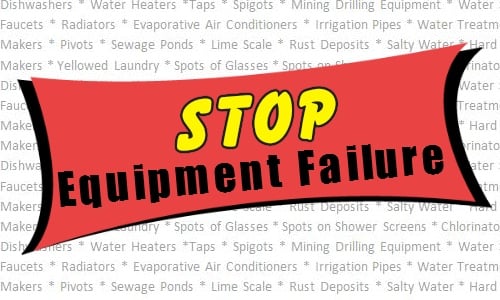Equipment failure is a real hassle for a lot of reasons – it causes downtime, it creates extra expenses, and it takes time away from other projects. There are many ways to help prevent equipment failure and preventative maintenance is just one of them.

Improper Usage
While proper training is a given, there are times when someone will either use the equipment wrong or try to fix something that they are not sure how to do properly. This is not always due to bad training or simple apathy – at times you may be short-handed and someone is using the equipment who is not totally familiar with it. One of the ways to ensure that this does not happen is to make sure that anyone using the equipment is fully trained and no one is allowed to operate it if they do not have the proper background and know how.
Regularly Scheduled Maintenance
Of course one of the main reasons for equipment failure is a lack of regular maintenance. Preventative maintenance should never be overlooked or pushed aside due to being too busy – without proper maintenance, equipment does not get the care it needs to run at its best. You may see more equipment failure as well as having to pay for expensive repairs, or in a worst case scenario, buy new equipment. A lot of this can be prevented by putting the equipment on a regular schedule.
Read More: The Key to a Smooth Running Facility
Poor Monitoring
Monitoring of your equipment is important. Paying attention to sensors, establishing baselines, and paying attention to breakdowns and downtime is imperative to learn more of why your equipment is acting a certain way. This may fall under the task umbrella but it is a little different. Monitoring falls more under predictive maintenance rather than preventative maintenance but both are imperative.
Setting up a scheduled is easy with a CMMS program. Just "Set It and Forget It", until it becomes a work order to remind you that it needs to be completed.









